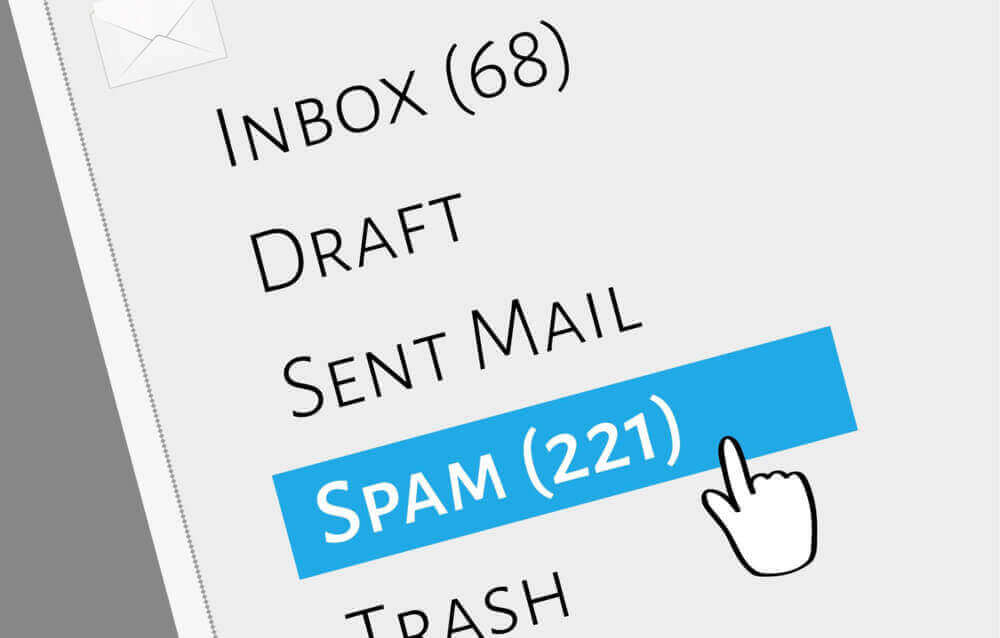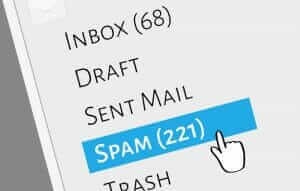What is SPAM?

- Do not use false or misleading information in the header information – that is, when you use ‘’from’’, ‘’to’’ and ‘’reply to’’ that must always show the correct sender.
- Do not use misleading text in the subject field. The subject must clearly show the content of the email and it must be without false information.
- The email must be identified as an advertisement, so that you are not in doubt when you receive advertisements.
- Tell the recipient of the newsletter where you are located – for example, the address of the company. This is done in order to ensure the security of the recipient of the newsletter.
- Tell the recipient of the newsletter how to unsubscribe from the newsletter and make the information clear.
- Should you wish to unsubscribe from the newsletter that must be done immediately and no later than 10 days. You can not charge for this. Once a person is unsubscribed, you must not sell his or her email address or forward the information.
- Keep an eye on what others are doing on your behalf – that is, if you have an external company that is in charge of handling your email sendings, you are still legally responsible.
SPAM filters
The SPAM filters are responsible for sorting out the emails, that they do not consider relevant enough for the recipient. They look at a wide variety of factors and give a total score that determines whether your email is sent to the inbox or outside of it and directly into the spam folder. The different spam filters work differently and have different ways to calculate whether your email can be classified as SPAM. That is, your email may come through one SPAM filter, while another SPAM filter will remove your email.
Email firewalls
It is not only the SPAM filters that are responsible for whether your email reaches the inbox. An email firewall works in many ways as a SPAM filter, and reacts in that way that it performs an action based on rules set by the email server. Email firewalls, like SPAM filters, can communicate with each other to identify unwanted content and remove it. A server learns about SPAM if your recipient of the email reports you toSenderBase– the world’s largest network for monitoring emails. Thus, all email providers will investigate all cases of reporting so that they can remove the senders who send out SPAM. If you have been reported once to SenderBase, you will remain on the surveillance list. This happens in order to prevent switching to another mail provider, and continuing to send SPAM. The different email firewalls will then know ahead that they should remove everything with your name on. You can also read our article “Sådan undgår du din email sender som SPAM“.Try MarketingPlatform for free for 14 days
The trial period is free, completely non-binding and expires after 14 days if you do not wish to continue.
Upon your subscription to our trial period, you will at the same time receive our educational flow on a series of emails – as well as our newsletter.

